Wax for art casting and precision investment casting
-
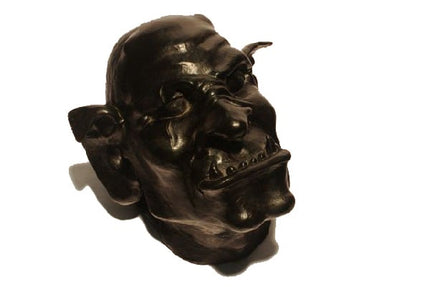
-
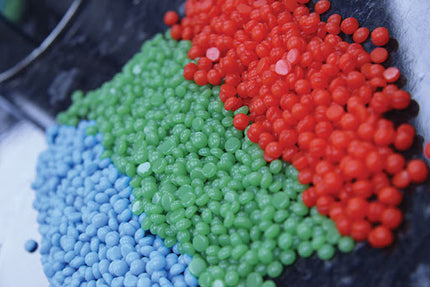
-
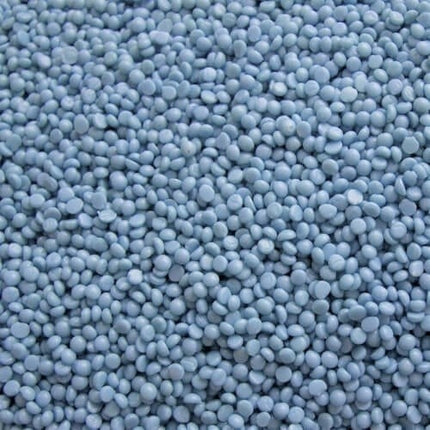
-
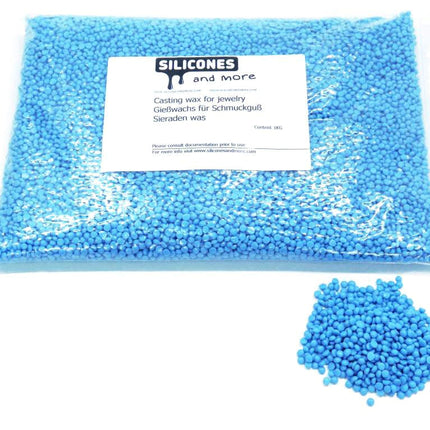
-
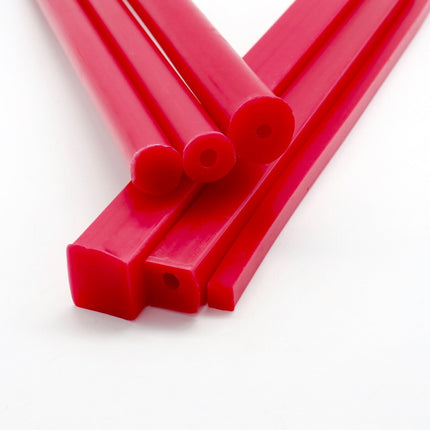
-
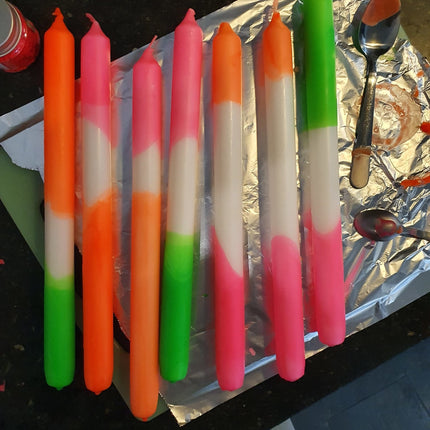
Wax dyes
Here you will find dyes to easily color your wax. The more coloring you add, the stronger the color. Which
-
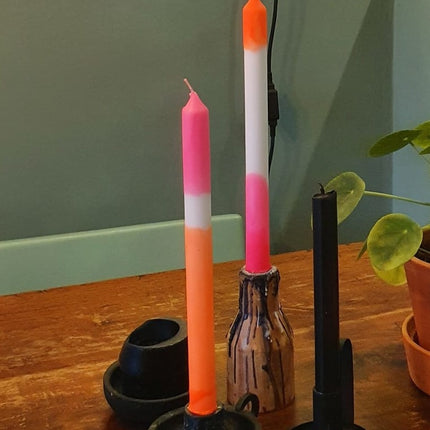
Wax for candles
Making candles is fun. It is even more fun when it gets easier. Read this brochure on how to make
-
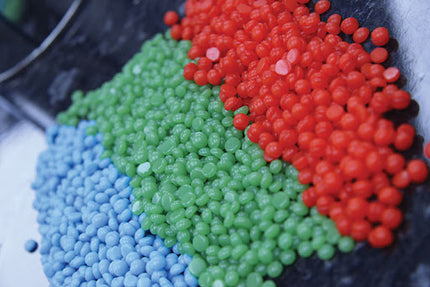
Waxes
Our high-quality waxes are produced by the number 1 wax producer in the world: Remet. Remet has been making waxes
Casting waxes for lost wax and precision casting
We supply waxes from Remet – a leading formulator for art foundries and precision casting. Our product range includes raw material waxes (paraffin wax and microcrystalline wax), artist/unfilled waxes for sculpting, slush, and brushwork, jewelry injection waxes, precision/filled waxes for dimensional stability, and auxiliary waxes for assembly and repair. Developed for the lost-wax method in sculpture, jewelry, and precision parts: clean melt, reliable flow, and low shrinkage .
Why choose our casting wax?
- Remet quality : consistent batches for art and precision applications.
- Full workflow : modeling, slush, brush skin + backup , injection and cores.
- Fine detail in silicone molds , predictable shrinkage and efficient dewaxing.
- Unfilled & filled grades matched for stability, hardness, flow and melting point.
- Technical advice and customization in collaboration with Remet.
Raw material washing
Microcrystalline wax
Often blended to lower the melting temperature and reduce stiffness. Can also be used as a simple casting wax. Smooth texture and easy to combine.
Paraffin wax
A widely used, economical base wax to reduce melting temperature and stiffness in blends with casting wax. Slightly more granular than microcrystalline wax.
Artists/Unfilled Waxes (Modeling, Slush, Brush)
- Modeling wax – moderately hard – for modeling . Relatively hard, softens at body temperature , yet firm enough for warm studios/large projects.
- Hard modeling wax for larger models or when extra stability is required. Can be modeled at body temperature and is dimensionally stable.
- Casting Wax Art (slush) – ideal for slush casting . Low shrinkage , hard and slightly stiffer (great for knife corrections). Less spreadable; use a repair wax for smoothing repairs.
- Casting Wax 81 (unfilled) – widely used in precision and art foundries. Suitable as a casting and slush wax. Slightly harder and with low shrinkage compared to Casting Wax Art.
- Brush Wax – Brushes in silicone molds for maximum detail , very low shrinkage , and minimal air entrapment. Apply thin skins and support with a backup wax .
- All-purpose wax – cost-effective , relatively hard; usable as a (slush) casting wax and backup wax. Often used for casting sprues and vents .
- Jewelry wax – especially for small jewelry. Works excellently in high-detail silicone molds, is quick to use , and flexible enough for difficult demolding.
- B95 Jewelry Injection Wax (unfilled) – for injecting jewelry models and sprues. Flexible , sharp detail , lower melting point than standard jewelry wax.
Precision / filled waxes
Filled waxes are primarily used in precision foundry work . The filler increases dimensional stability and limits shrinkage and settling . They are more viscous and must be continuously stirred in the molten state to prevent separation. Some grades are suitable for injection molding ; others are processed as pastes .
- B76T (lightly filled) – for small to medium-sized cartridges. Low melt viscosity for good flow and efficient dewaxing . Lower filler content and harder than B59, with a higher melting point .
- B59 (lightly filled) – for small to medium-sized cartridges. Low melt viscosity , excellent flow, and efficient dewaxing . Higher filler content and lower melting point/hardness than B76T; typically even less shrinkage/decline .
- B89 (lightly filled, aviation) – for small to medium-sized cartridges in aviation and high-spec applications. Very high filler content , dimensionally stable , yet highly flowable .
Auxiliary washing (assembly, repair & special)
Technique & processing tips
- Lost-wax techniques : build up brushwork for detail and support with a strong backup layer .
- Slush casting in silicone molds gives quick, hollow shapes with low shrinkage .
- Injection : Keep temperature stable for flow and reproducibility.
- Filled waxes : stir continuously in the molten state to prevent the filler from settling.
- Dewaxing : Choose grades with low ash and clean melt for shell integrity.
Choosing the right wash
- Method : sculpting / slush / brush / injection / backup / cores.
- Stability vs. flow : Choose filled for low shrinkage and dimensional stability; unfilled for flow and finishing .
- Melting point & hardness : adjust to workspace, model size and handling.
- Detail level : brush wash for highest detail , slush for hollow shells .
- Jewelry : Use Jewelry Wax or B95 for small, sharp details.
Buy casting wax | Also popular: Paraffin wax · Microcrystalline wax · Jewelry injection wax (B95)
Frequently Asked Questions
- What is “lost wax casting wax”?
- Waxes formulated for investment casting : model building, tree mounting, and clean dewaxing from the ceramic bowl.
Is paraffin wax for candles or a paraffin wax bath suitable for casting?- Candle paraffin and paraffin hand bath are consumer/spa applications with different properties and safety requirements than precision casting. Our paraffin wax is typically used as a base/blend wax in the casting process.
Is paraffin wax poisonous?- Paraffin wax is generally non-toxic when used normally. Always work safely: avoid overheating, ensure ventilation, and follow the product instructions.
What is the difference between microcrystalline wax and paraffin wax?- Microcrystalline wax is generally smoother and offers better cohesion/toughness; paraffin is more economical but more granular . In blends, the melting point, stiffness, and flow are adjusted to the desired casting technique.








